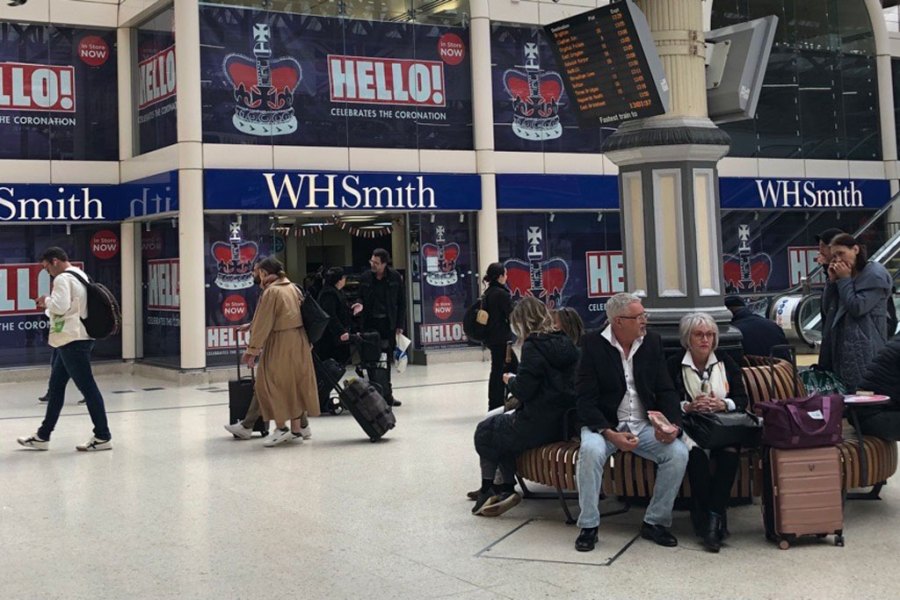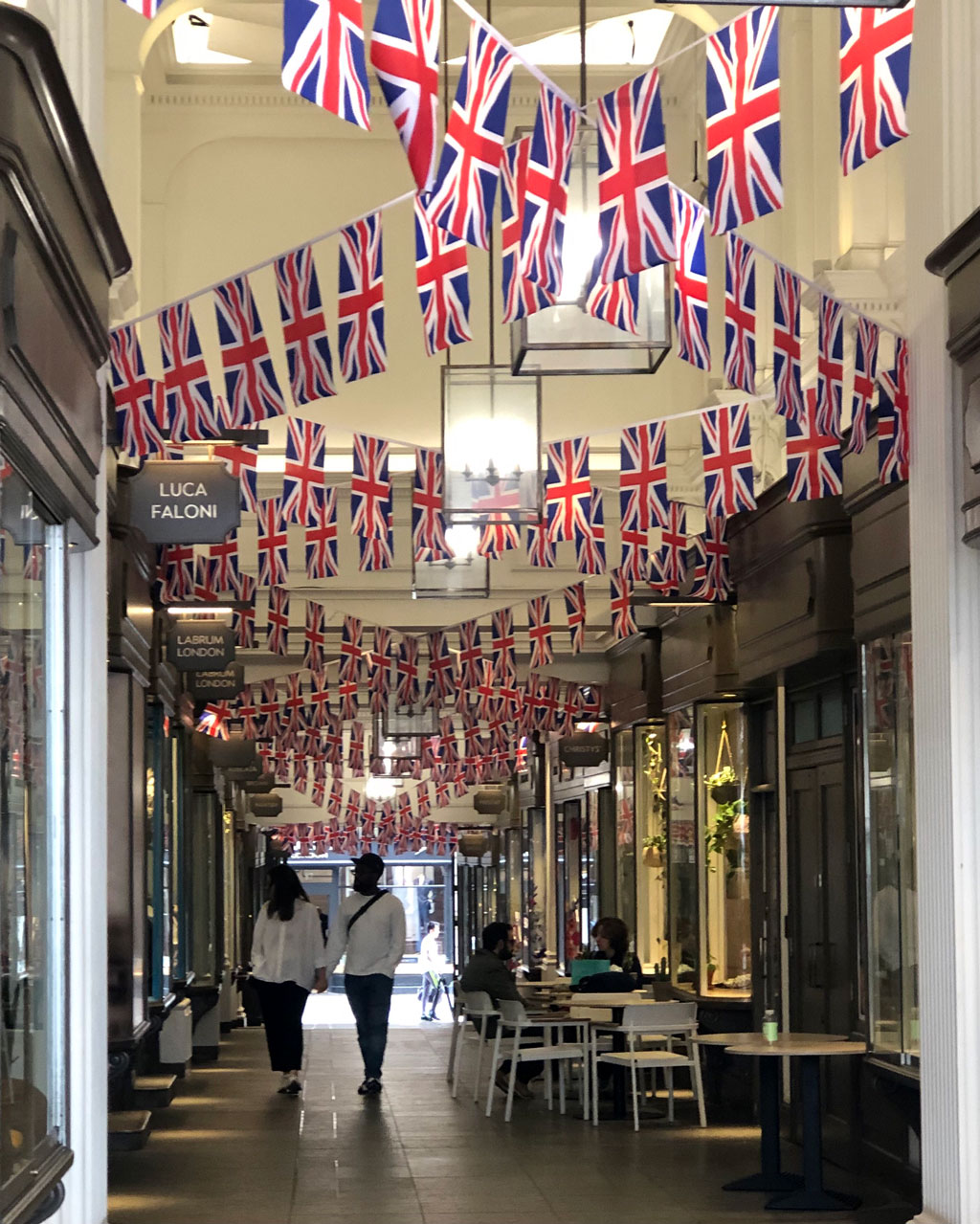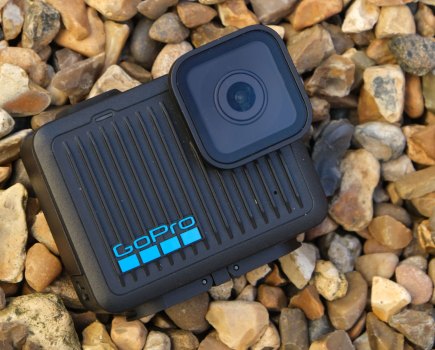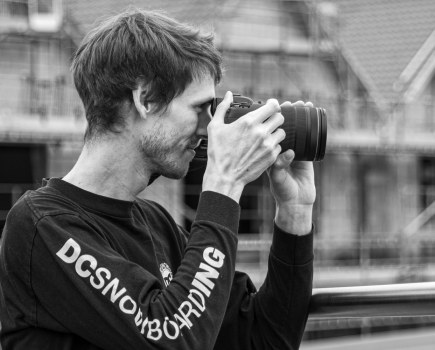Isabella Ruffatti shares why she’s not going to photograph the royals at King Charles III’s coronation, but instead will focus on documenting ordinary people as they celebrate, protest and go about their everyday lives.
Disclaimer: I am not British or from any Commonwealth country. I am a millennial/Gen Z 25-year-old woman from El Salvador, which along with most of Latin America was once colonized by Spain.
However, family members are still telling me that I have to go to this coronation. And why? Because it’s historic. We had this same conversation when the Queen died, and I did end up going (but not queuing) because I felt a photojournalistic obligation to go. Plus, the Queen was one of two things I immediately associated with the UK. Her, and Doctor Who. It felt historic. I remember the day the Queen died whenever I listen to the song ‘Seven Nation Army.’
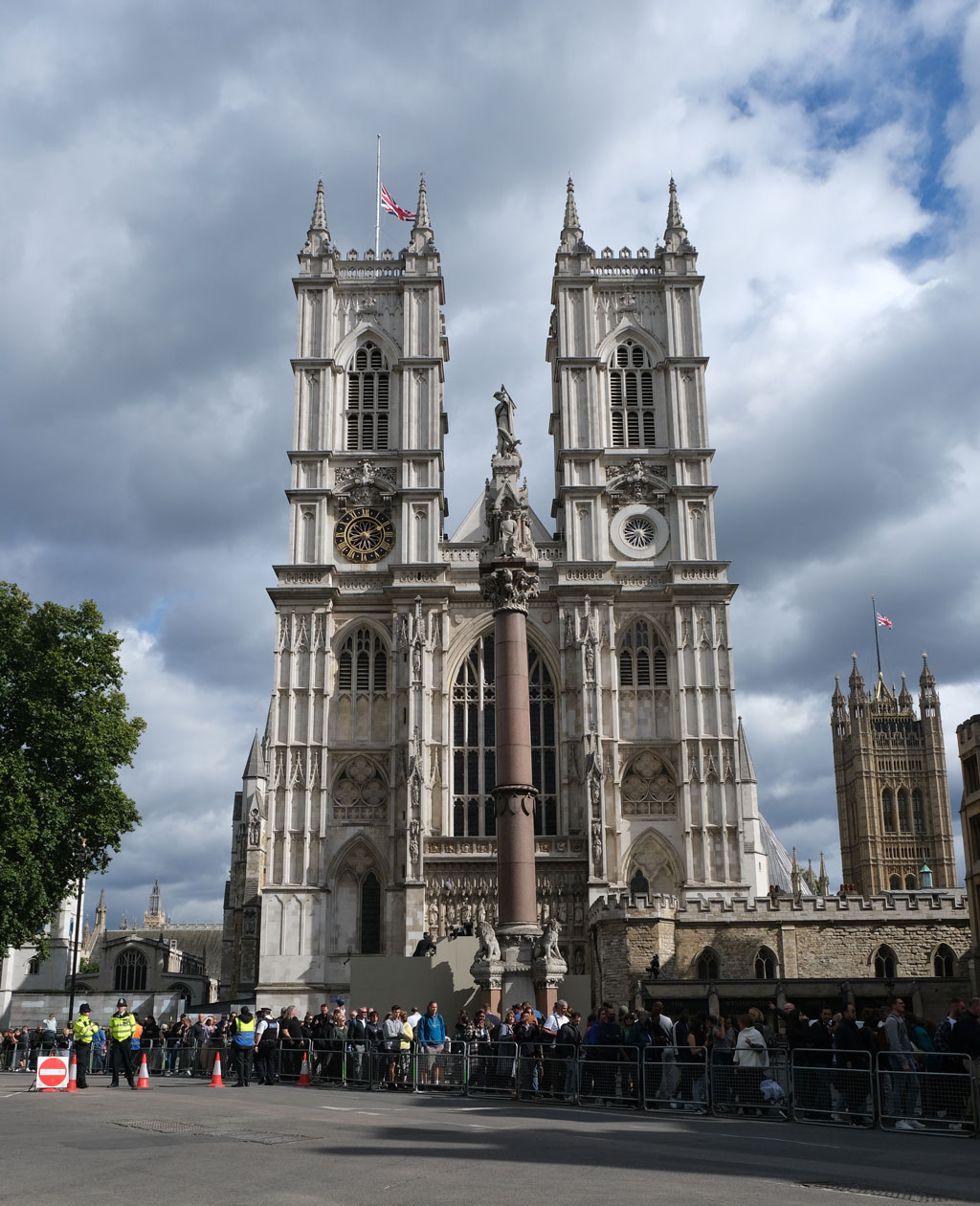
The queue outside Westminster Abbey following Queen Elizabeth II’s death. Photo credit: Isabella Ruffatti.
Charles’s coronation feels less so. For one, he’s yet another white older man who’s going to join all the other many white older men world leaders. Yes, he might be worried about climate change, but generation rifts are a thing and this one is a particularly wide one.
However, it is still an arguably important cultural event, which I like to cover as a photographer as it gives my street photography more layers. Just walk around London and the excitement is evident, with decorations being put outside on the streets, in shops, bookstores and supermarkets. I still have reservations about it, though.
As a kid discovering her love of photography while growing up in the 2000s, I understand why photographers in movies are often depicted as paparazzi. For me, the treatment the press regularly gives the royals highlights some of the worst aspects of journalism and photojournalism. How every little aspect of their lives is presented as vital news by the tabloids, sometimes with a tone on par with how they also present female celebrities who appear to have gained some weight (the evidence most likely being a recent photo of them in a bikini).
When discussing the right to privacy and to what extent famous people should expect it, I remember that my classroom of student journalists was almost evenly divided. It’s a tricky issue.
But it’s not just the tabloids, recently I’ve been somewhat surprised to see TikToks and reels (of all things), analyse Meghan and Kate’s behaviour, and go with the tabloid’s ‘Meghan is horrible’ and ‘Kate is a saint’ saga. It reminds me of how the Johnny Depp vs. Amber Heard and Gwyneth Paltrow ski row was covered in social media. They all push a clear good vs. evil narrative, and the video is edited to incite outrage.
I never want to be part of that. In my photojournalism, I make an effort to keep an eye out for whenever anyone seems uncomfortable with having their picture taken. And when out doing street photography, depicting ordinary people living their everyday lives, I aim to always keep a respectful distance.
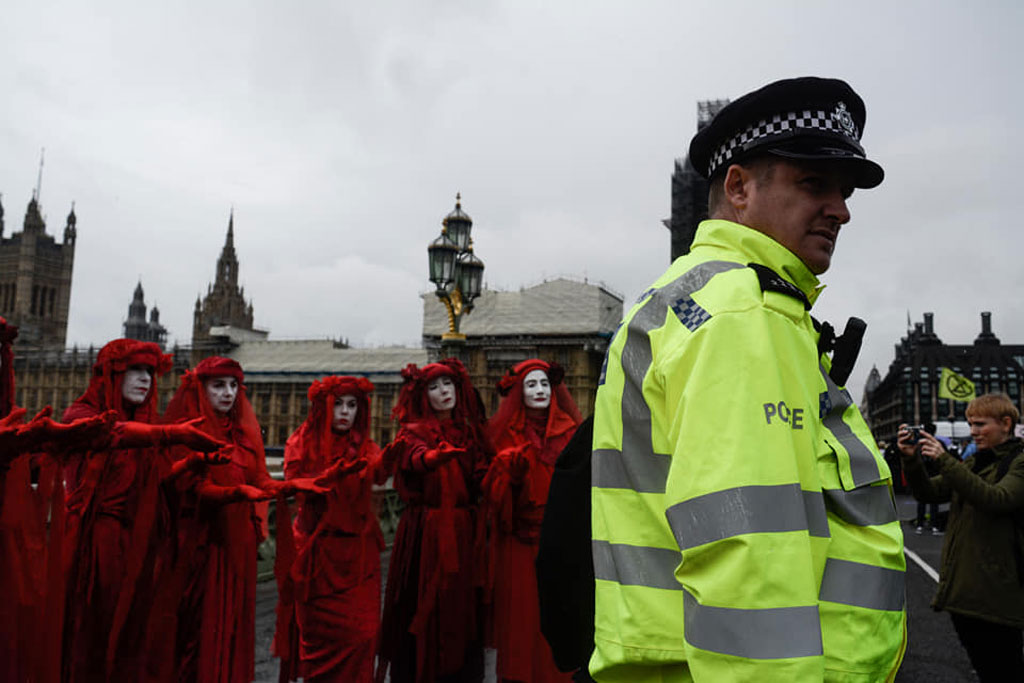
I have gone to many protests as a photojournalist, including Extinction Rebellion protests. Photo credit: Isabella Ruffatti.
As a third-year journalism student, I decided that I would be specialising in photojournalism, so I did a lot of protest and event photography. While I wouldn’t pass down the opportunity to photograph someone like Greta Thunberg for example, it was interesting for me to capture ordinary people taking to the streets and showing up for a cause they are passionate about.
It was a way for me to learn more about the UK and figure out what I was interested in covering as a photojournalist, like climate change, international conflicts, and cultural events. But royal affairs just aren’t it. So, no, I will not be photographing the coronation. Instead, I will take inspiration from Henri Cartier-Bresson’s photographs of the crowds of people at King George VI’s coronation – my camera and I will be among the ordinary people celebrating in London’s streets.
The views expressed in this column are not necessarily those of Amateur Photographer magazine or Kelsey Media Limited. If you have an opinion you’d like to share on this topic, or any other photography related subject, email: ap.ed@kelsey.co.uk.
Related content:
- Henri Cartier Bresson: The Other Coronation
- The amazing inside stories of photographing The Queen
- Opinion: We need great photojournalism more than ever
- Photo Critique: Photography should be more than just technical
- Street Photography guide
More opinion:
- What is a Y2K Camera, and should you buy one?
- Video your life like a Wes Anderson film
- Do we value portraits in the age of the selfie?

